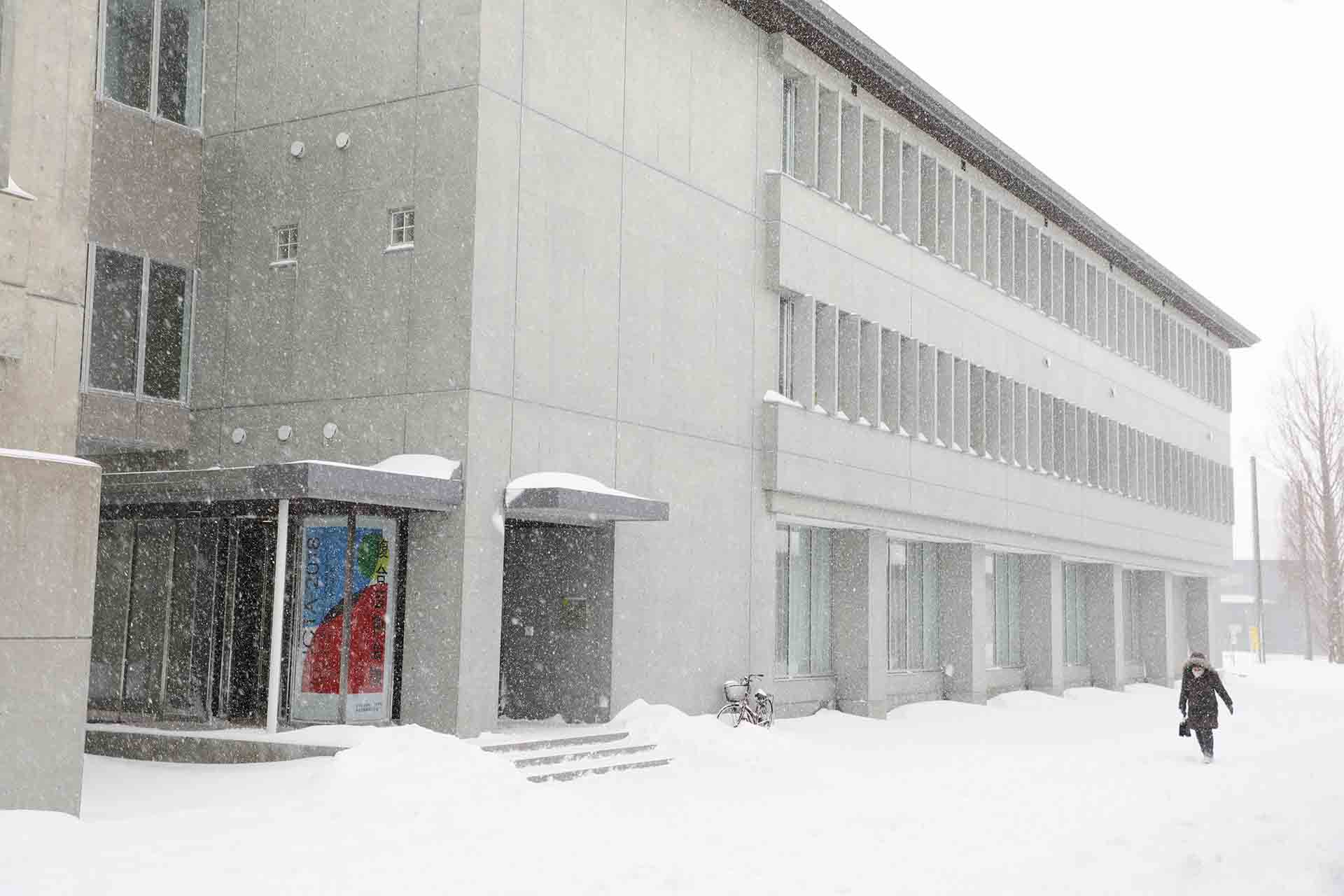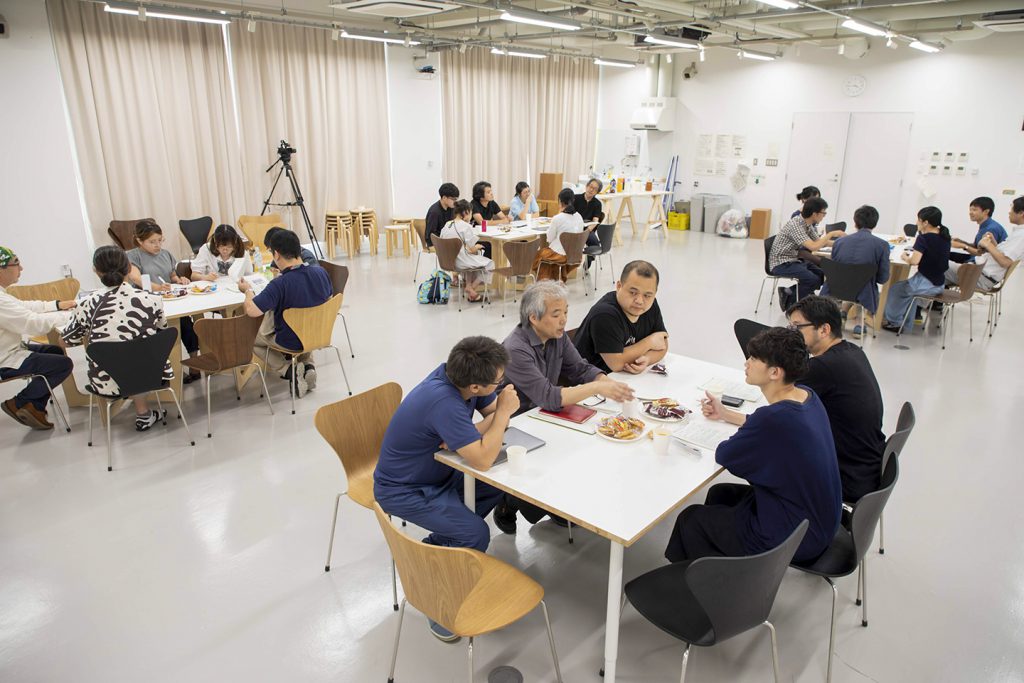What is Transdisciplinary Arts?
The Graduate School of Transdisciplinary Arts at Akita University of Art is the only graduate school in the world that approaches the contemporary creative fields – and their ever-expanding range and role in response to the changing relationship between society and culture – through the standpoint and practice of Transdisciplinary Arts.
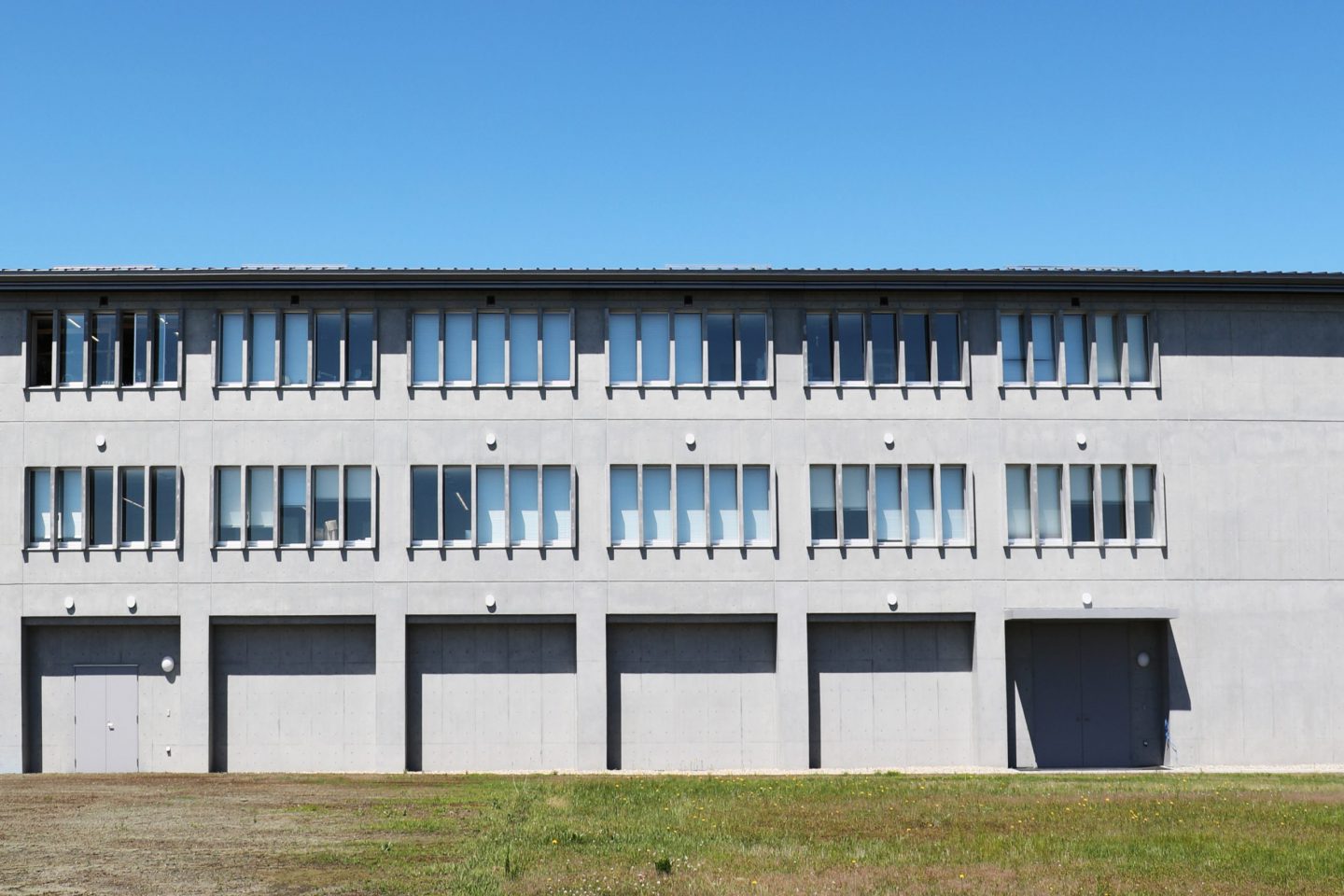
The Graduate School does not take “Transdisciplinary Arts” to mean simply the assembly and integration of multiple materials or modes of expression. For us, it means students learn practical methods from fields beyond their chosen areas of expertise, and incorporate these methods into their own efforts. It is also a total system of initiatives for generating new possibilities for expressive fields in society by examining the relationships between the various elements that combine to structure existing things and phenomena, and relocating these elements from present and future perspectives.
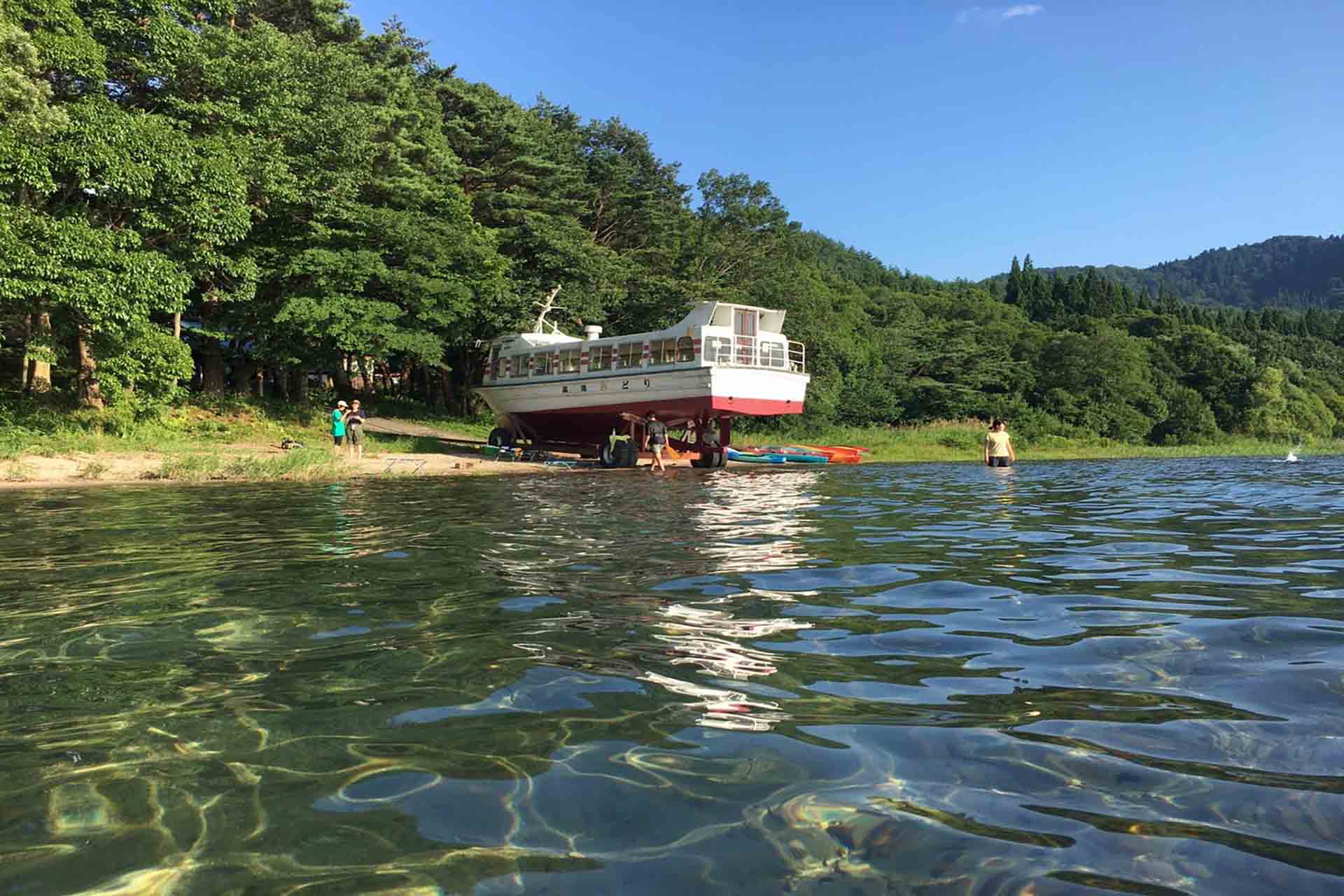
In both the Master’s and Doctoral programs, Transdisciplinary Art is realized by the parallel workings of “inner movement” – broadening one’s own skills and talents through interaction with unfamiliar disciplines – and “outer movement” – intervening in the larger society to actively promote new ways of combining its varied elements – while also building on each student’s specialty and research topic. The former movement offers the means to develop new expressive powers through inexhaustible combinations of materials, skills and methods; the latter provides new roles and social forms with which to uncover and address potential societal challenges. Transdisciplinary Art comes into existence through the creation of new social values and fields of expression, and through a free and flexible imagination that both acknowledges and attempts to break the standard molds of the specialized artistic disciplines.
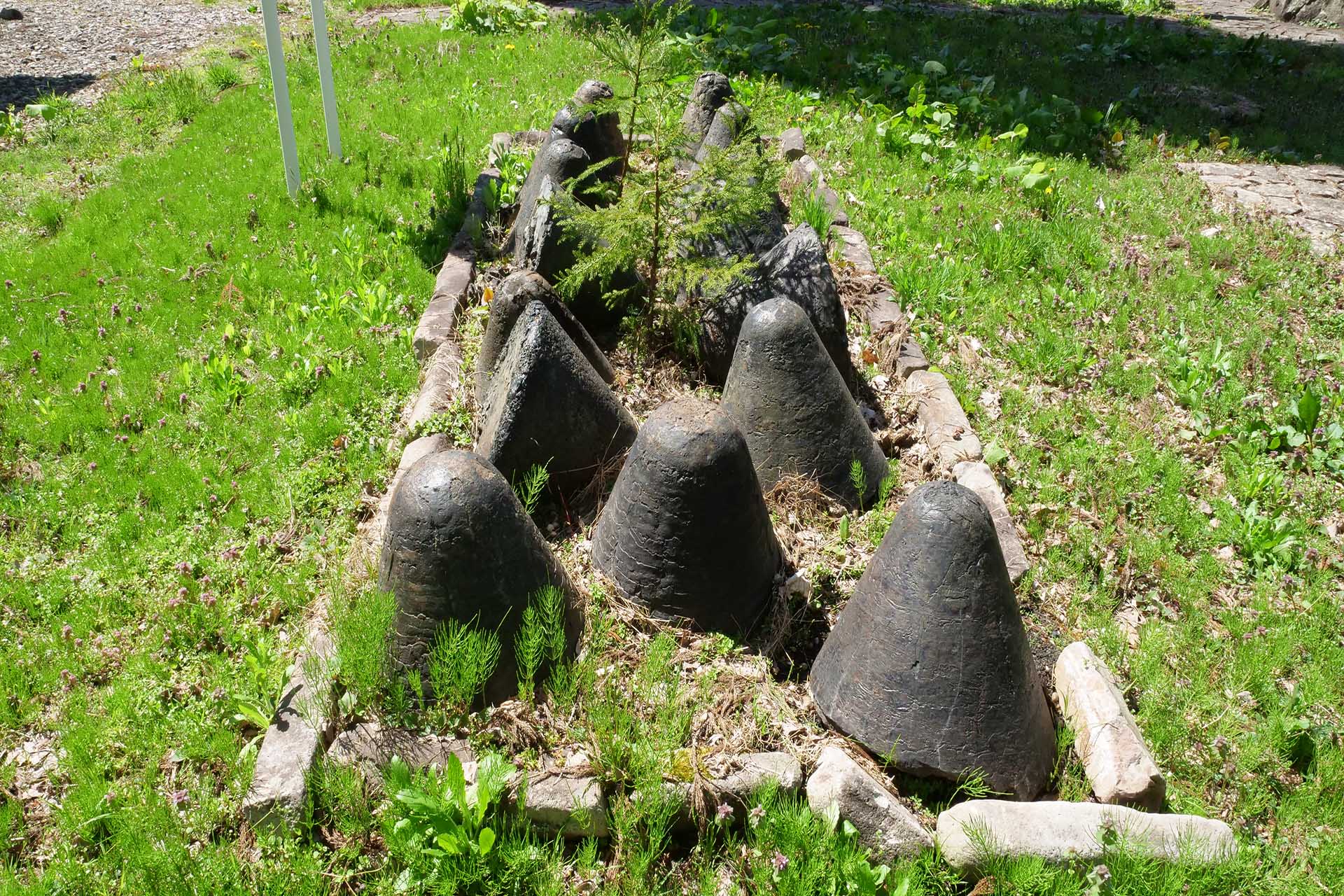
The Graduate School utilizes team-teaching in the form of group meetings – or “sessions” – between students and instructors from differing areas of expertise, helping each student develop their own research path. The curriculum consists of: Lectures, which introduce art’s complex elements from the perspectives of various professional disciplines; Seminars, where students experience and examine the potentials of the methods and principles of diverse creative fields; Practicums, where students collaborate with local organizations or communities; and Guided Research, where students engage with their chosen research topics.
